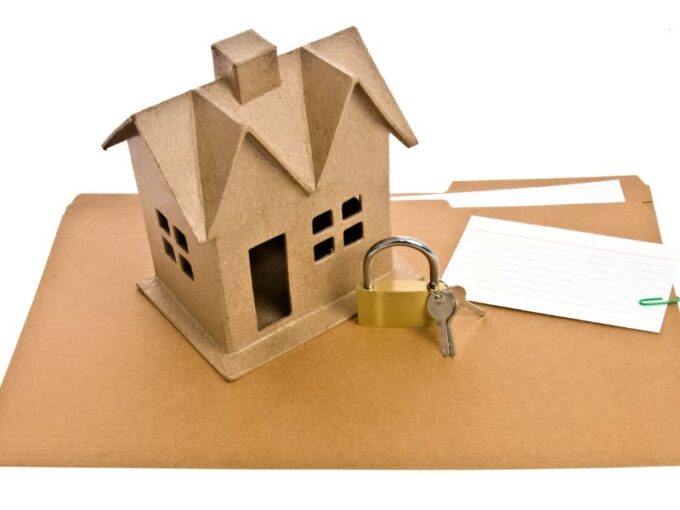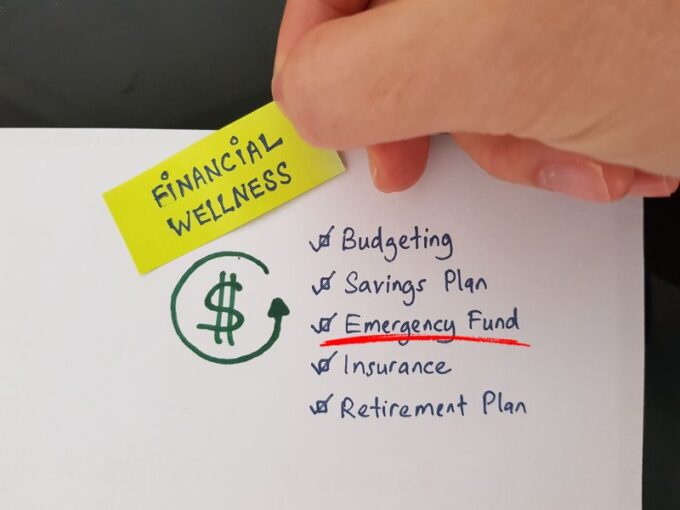 There are several big tax breaks available from home credits that can help homeowners save money on their taxes. Here are some notable examples:
There are several big tax breaks available from home credits that can help homeowners save money on their taxes. Here are some notable examples:
Mortgage Interest Deduction: This is one of the largest tax breaks for homeowners. You can deduct the interest paid on your mortgage loan, up to a certain limit, as an itemized deduction on your federal income tax return. The Tax Cuts and Jobs Act of 2017 reduced the mortgage interest deduction limit for new mortgages, but it still remains a significant tax break for many homeowners.
Property Tax Deduction: Homeowners can deduct the amount they pay in property taxes on their primary residence and any other real estate they own. The property tax deduction is an itemized deduction and can help reduce your taxable income.
Energy-Efficient Home Improvements: The Residential Energy-Efficient Property Credit allows homeowners to claim a tax credit for certain energy-efficient improvements made to their homes. This includes installing solar panels, solar-powered water heaters, wind turbines, geothermal heat pumps, and fuel cell systems. The credit is a percentage of the cost of the improvements and can provide substantial tax savings.
Home Office Deduction: If you use a part of your home regularly and exclusively for business purposes, you may be eligible for a home office deduction. This deduction allows you to deduct a portion of your home-related expenses, such as mortgage interest, property taxes, utilities, and home insurance, based on the percentage of your home used for business.
First-Time Homebuyer Credit: Although the federal first-time homebuyer credit was phased out in 2010, some states offer their own versions of this credit. These credits are designed to assist first-time homebuyers with their down payment or closing costs. Eligibility criteria and available amounts vary by state, so you should check with your state’s tax authority or a tax professional to see if you qualify.
It’s important to note that tax laws can change, and eligibility for these tax breaks may vary depending on your specific circumstances. It’s always a good idea to consult with a tax professional or refer to the latest tax guidelines to understand the most up-to-date information and determine your eligibility for these tax breaks.
 The week following the FOMC rate decision meetings are typically very light, with the two most influential releases being the University of Michigan Consumer Sentiment and the weekly Job Claims reports. The more positive news is mortgage lending rates have been on the decline in the last two weeks.
The week following the FOMC rate decision meetings are typically very light, with the two most influential releases being the University of Michigan Consumer Sentiment and the weekly Job Claims reports. The more positive news is mortgage lending rates have been on the decline in the last two weeks. Going from renting to owning a home can be a significant financial and personal milestone, but it requires careful planning and preparation. Here are some steps to take to make the transition from renting to owning:
Going from renting to owning a home can be a significant financial and personal milestone, but it requires careful planning and preparation. Here are some steps to take to make the transition from renting to owning: Securing a mortgage to purchase your dream home is a significant financial decision. One of the essential aspects of this process is locking in a favorable mortgage rate. A mortgage rate lock ensures that the interest rate on your loan remains the same for a specified period, protecting you from potential rate fluctuations. We will explore when it’s best to lock in a mortgage rate and provide a step-by-step guide on how to do it.
Securing a mortgage to purchase your dream home is a significant financial decision. One of the essential aspects of this process is locking in a favorable mortgage rate. A mortgage rate lock ensures that the interest rate on your loan remains the same for a specified period, protecting you from potential rate fluctuations. We will explore when it’s best to lock in a mortgage rate and provide a step-by-step guide on how to do it. Mortgage loans are an essential aspect of financing the purchase of a property. Among the various types of mortgages available, one option that may be advantageous for both buyers and sellers is an assumable mortgage loan.
Mortgage loans are an essential aspect of financing the purchase of a property. Among the various types of mortgages available, one option that may be advantageous for both buyers and sellers is an assumable mortgage loan. Buying a home, a car, or any significant investment often involves making a down payment. The down payment is a crucial part of the purchasing process, as it can impact your loan terms, interest rates, and monthly payments. But how much should you save for a down payment, and why is it so important?
Buying a home, a car, or any significant investment often involves making a down payment. The down payment is a crucial part of the purchasing process, as it can impact your loan terms, interest rates, and monthly payments. But how much should you save for a down payment, and why is it so important? The most important data of the quarter was released, signaling the direction for many markets and where economic policy may be headed. Jerome Powell as well as other members of the Federal Reserve spoke about the state of economic policy, informing many parties about their decisions to remain hawkish or dovish in their approach. Further rate hikes could tell a story that inflation is not yet under control and the Federal Reserve feels the need to continue these rate hikes, which will have a significant impact on the lending markets as a whole.
The most important data of the quarter was released, signaling the direction for many markets and where economic policy may be headed. Jerome Powell as well as other members of the Federal Reserve spoke about the state of economic policy, informing many parties about their decisions to remain hawkish or dovish in their approach. Further rate hikes could tell a story that inflation is not yet under control and the Federal Reserve feels the need to continue these rate hikes, which will have a significant impact on the lending markets as a whole.

 It’s important to be financially prepared for emergencies so that you can handle unexpected expenses or situations without having to worry about your financial stability. Here are some ways to financially prepare for emergencies:
It’s important to be financially prepared for emergencies so that you can handle unexpected expenses or situations without having to worry about your financial stability. Here are some ways to financially prepare for emergencies: